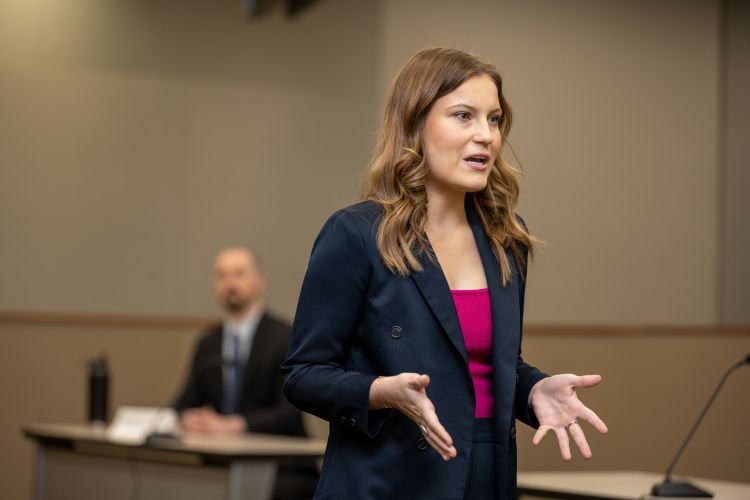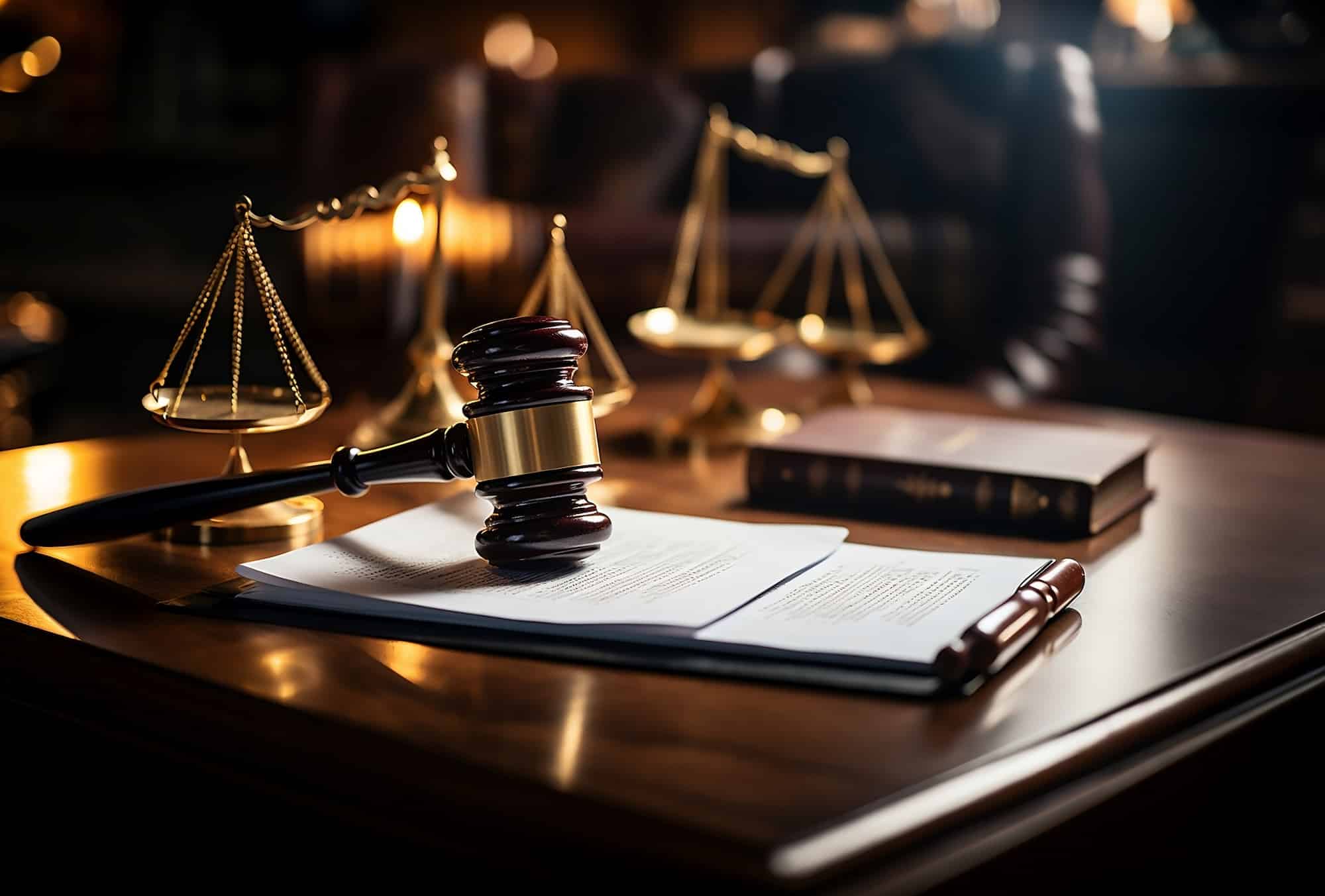How to Boost Your Situation with Compelling Trial Presentations: Professional Tips for Lawyers
How to Boost Your Situation with Compelling Trial Presentations: Professional Tips for Lawyers
Blog Article
Navigating the Intricacies of Trial Presentations: Tips for Seamless Distribution and Compelling Arguments
In the world of lawful proceedings, the art of trial presentation stands as an important component of success. The intricacies inherent in trial discussions require a delicate balance of technique, finesse, and skill.

Recognizing Test Purposes
To efficiently navigate a test, it is critical to have a clear understanding of the objectives that need to be accomplished. Before tipping right into the court room, lawful groups must specify their objectives and wanted end results. These objectives function as directing principles throughout the trial, shaping techniques and affecting decision-making procedures.
Comprehending test purposes involves a comprehensive analysis of the case, legal precedents, and the client's benefits. Trial Presentations. It requires a precise evaluation of the facts, determining essential problems, and expecting potential challenges. By setting specific and quantifiable objectives, attorneys can tailor their discussions and disagreements to straighten with the preferred results
Furthermore, a clear grasp of test purposes allows legal teams to focus on proof, witnesses, and legal disagreements efficiently. It permits the growth of a meaningful narrative that reverberates with the court and jury, strengthening the total situation presentation.

Organizing Proof Properly
Having a clear understanding of trial objectives lays the structure for arranging evidence effectively in lawful procedures - Trial Presentations. By lining up the presentation of proof with the preferred results of the trial, lawful teams can strengthen their debates and improve their persuasiveness. One essential aspect of arranging proof is categorization. Organizing evidence based on motifs or significance to specific lawful aspects can help simplify the presentation and make complex details much more digestible for the court or jury.
An additional crucial element in organizing proof efficiently is developing a logical circulation. Providing evidence in a meaningful and consecutive manner can assist construct a compelling story that sustains the legal debates being made. In addition, using aesthetic aids such as graphes, timelines, or graphs can better enhance the company of proof and assist in clearing up intricate relationships or sequences of occasions.
Furthermore, guaranteeing that all proof offered is relevant and acceptable to the situation is crucial. Unimportant or inadmissible proof can take away from the strength of the argument and potentially hurt the reputation of today party. A precise evaluation and choice procedure must be embarked on to consist of only the most lawfully sound and impactful evidence in the test discussion.
Crafting Influential Stories
Crafting compelling stories plays a critical duty in providing influential disagreements during lawful proceedings. When creating a narrative for a test presentation, it is necessary to establish a clear story that highlights essential factors and links them in a systematic way. By weaving with each other evidence, testament, and legal debates into a convincing and natural story, legal experts can effectively advocate for their clients and boost the probability of a favorable end result in the courtroom.
Understanding Aesthetic Aids
Effective use visual aids is key to enhancing the effect and quality of trial presentations. Aesthetic help, when utilized tactically, have the power to simplify intricate information, strengthen vital factors, and leave a long lasting perception on the court and court. To master visual aids in test discussions, it is crucial to guarantee that they are clear, succinct, and appropriate to the debates being made.
When incorporating visual aids, such as graphes, photos, timelines, or graphs, right into a trial presentation, it is vital to keep them aesthetically appealing yet expert. The visuals need to enhance the home spoken debates, giving a graph of the details being reviewed without frustrating the audience with unnecessary details.
Furthermore, experimenting the visual aids beforehand is crucial to make sure a smooth shipment during the trial. Acquainting oneself with the web content, changes, and timings of each aesthetic aid can aid maintain the circulation of the discussion and stop technical glitches that might develop.
Providing Impactful Closing Disagreements
A compelling closing disagreement serves as the conclusion of a trial presentation, enveloping the core narrative and encouraging the judge and court towards a positive choice. Begin by detailing the major disagreements that sustain your client's setting, emphasizing why the evidence offered throughout the trial supports your story.
Moreover, integrating sob story can additionally strengthen your closing argument. By linking and humanizing the instance on a personal level with the decision-makers, you can stimulate compassion and understanding, influencing their understanding of the realities offered. Additionally, repeating the lawful standards that should be fulfilled for a favorable ruling can strengthen the legitimacy of your placement. Ultimately, a well-crafted closing disagreement must leave a long-term impression, compelling the discretionary to rule in your client's support.
Conclusion
To conclude, mastering test discussions entails understanding objectives, arranging proof, crafting narratives, making use of visual help, and providing impactful closing arguments. By carrying out these this contact form approaches successfully, attorneys can present their instance flawlessly and make compelling arguments in the court room. It is vital to browse the intricacies of trial presentations with accuracy and ability to accomplish success in legal proceedings.
By straightening the discussion of evidence with the desired outcomes of the test, lawful teams can reinforce their debates and improve their persuasiveness (Trial Presentations). To grasp visual help in trial presentations, it is essential to make certain that they are clear, succinct, and appropriate to the disagreements being made
A compelling closing argument offers as the conclusion of a trial discussion, encapsulating the core story and convincing the judge and court towards a favorable choice. Begin by outlining the major disagreements that sustain your client's position, stressing why the evidence offered throughout the trial sustains your narrative.In verdict, grasping trial discussions involves comprehending objectives, arranging proof, crafting stories, using aesthetic Continue aids, and supplying impactful closing disagreements.
Report this page